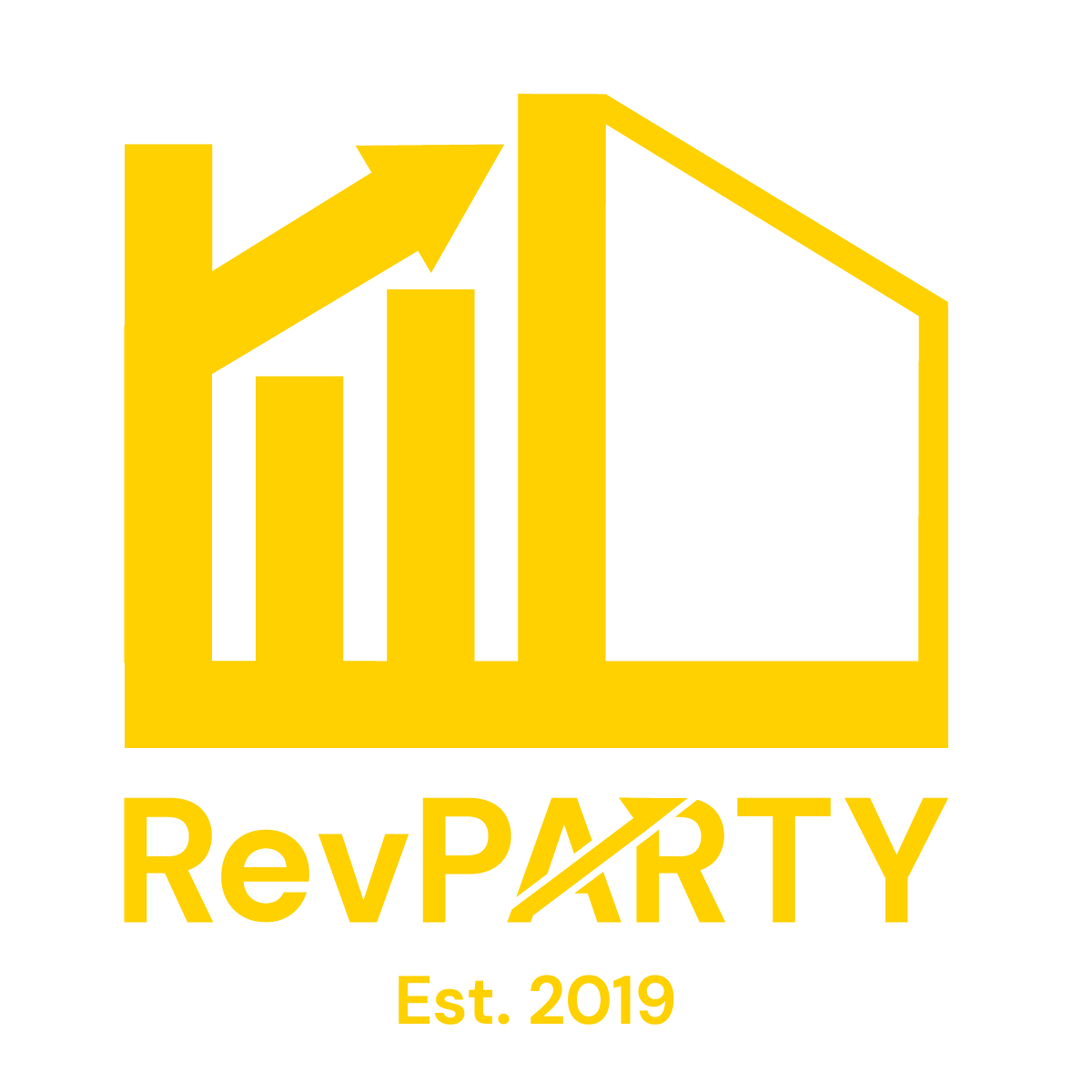What Is Occupancy Based Pricing?
Occupancy based pricing is the practice of setting nightly rates based on the number of people staying, or that could stay, in that room. There are different forms of occupancy based pricing.
First, the nightly rate can be on a per guest basis. Every guest must pay a nightly rate, meaning that two identical units (or the same unit) could be priced differently depending on how many guests are staying that night.
Second, the nightly rate can be based on the maximum or intended occupancy of a unit. This would mean that a unit with a maximum occupancy of four would likely be priced higher than a unit with a maximum occupancy of two. However, two identical units would be priced the same regardless of how many guests are staying in each one.
Why Would I Use Occupancy Based Pricing?
Expenses and Revenue.
Expenses are usually any vacation rental manager’s first concern when they explore occupancy based pricing. Pricing on a per guest basis allows managers to recoup any variable costs that also vary on a per guest basis (as opposed to a turn or on a per stay basis) without overcharging smaller parties who would incur lower variable costs. For example, if it costs $2 per guest to restock hand sanitizer, then charging an extra $8 for a four-person party would mean the base rate could be slightly reduced. This would save a single traveler $6 for their stay … and possibly encourage more bookings by showing some guests more attractive rates.
The other financial component occupancy based pricing can influence is revenue. Regardless of the cost structure, larger parties are often willing to pay more than smaller parties. A family of four expects to pay more for their lodging than a single traveler might. Two couples may be willing to pay more for a unit when they split the costs than they would if a single couple was looking at the unit. Larger parties have a higher willingness to pay because they often expect to pay more.
It would seem that both the per person expenses and the increased willingness to pay for larger parties would make occupancy based pricing for vacation rentals a natural fit.
Why Would I Not Use Occupancy Based Pricing?
Occupancy based pricing can often add unnecessary complexity to a rate structure and sales process.
For starters, the variable cost per guest is usually small enough where it can be ignored. The utilities, toiletries, laundry, or any other cost usually varies so little per guest that it’s easier just to roll it up into the base rate. Instead of adding an additional layer of pricing complexity and additional step in the sales funnel, adding a few bucks to the base rate doesn’t raise any eyebrows or deter any bookings.
Adding in occupancy based pricing is often an extra step in the sales funnel that you have to convert for bookings, and it’s a hard step to convert. Once a customer has a price in their head they don’t like being surprised with even more fees. Most platforms already charge the guest a markup to some extent, so a “per guest” fee just rubs people the wrong way. It can cause frustration and potential guests may leave the booking process during that one extra step. Its rarely worth the few extra dollars in variable cost to implement occupancy based pricing.
Should I Use Occupancy Based Pricing?
Its important to remember that a vacation rental revenue manager should often be as indifferent as possible to which booking or guest they accept. The stamp of a good revenue management strategy is when arrival, departure, length of stay, booking window, and number of guests for any given reservation doesn’t particularly matter because the rates, discounts, and stay restrictions are set up in such a way that the revenue manager is willing to accept any of the reservation received.
So, they now focus on maximizing their revenue … but it doesn’t matter that a larger party has a higher willingness to pay than a smaller party. Regardless, the revenue manager would want to book the higher rate and so they simply charge that higher rate and expect to book a larger group. If a small party would pay $100/night and a larger party would pay $150/night then the rate should be $150. And, if a smaller party is willing to pay the $150 then they can book the room and the revenue manager doesn’t care that is a smaller and not a larger party. They’re indifferent.
Unless there is a significant variable cost per guest (e.g., an extremely costly guest pass) then the per person costs are negligible and a revenue manager doesn’t care how many guests there are. It would be a larger concern that the extra step in the sales funnel may lose bookings.
How Can RevPARTY Help?
RevPARTY specialized in vacation rental revenue management strategy and vacation rental price optimization. We can help you implement a custom rate structure to maximize any portfolio’s revenue and determine if occupancy based pricing is right for you (or if your dynamic pricing platform can handle it).
You can click below to reach out about a custom consulting engagement or check out any of our off-the-shelf guides

